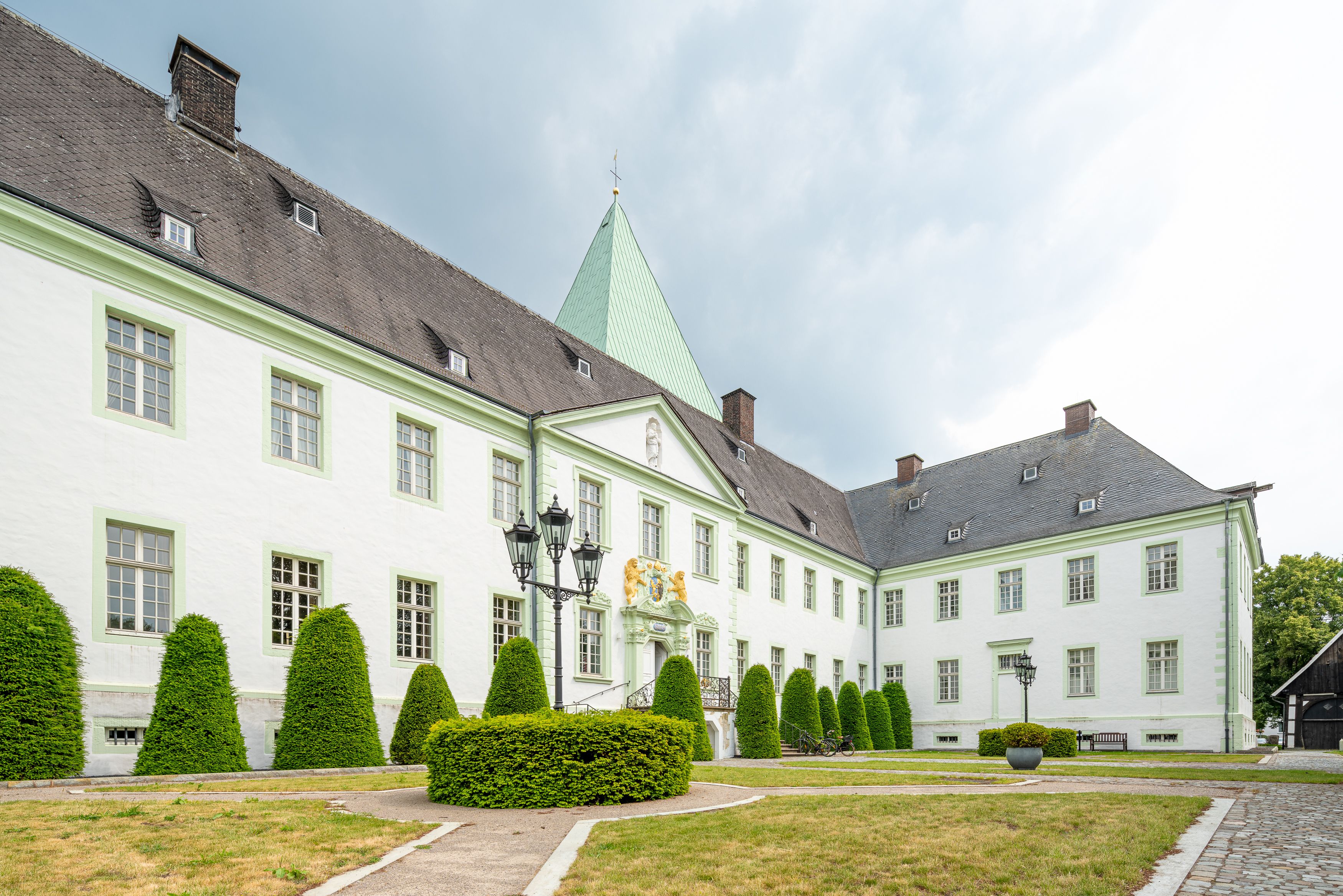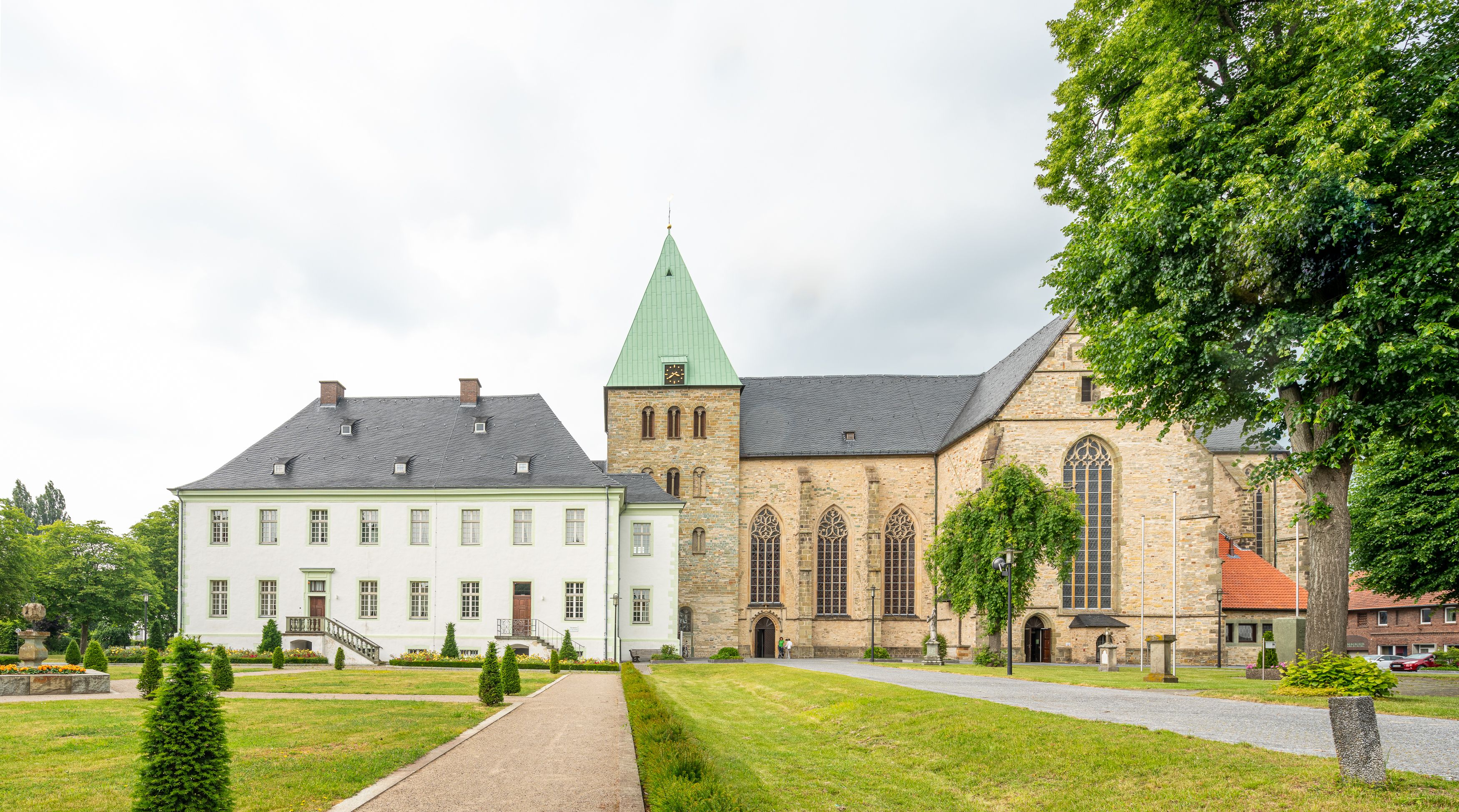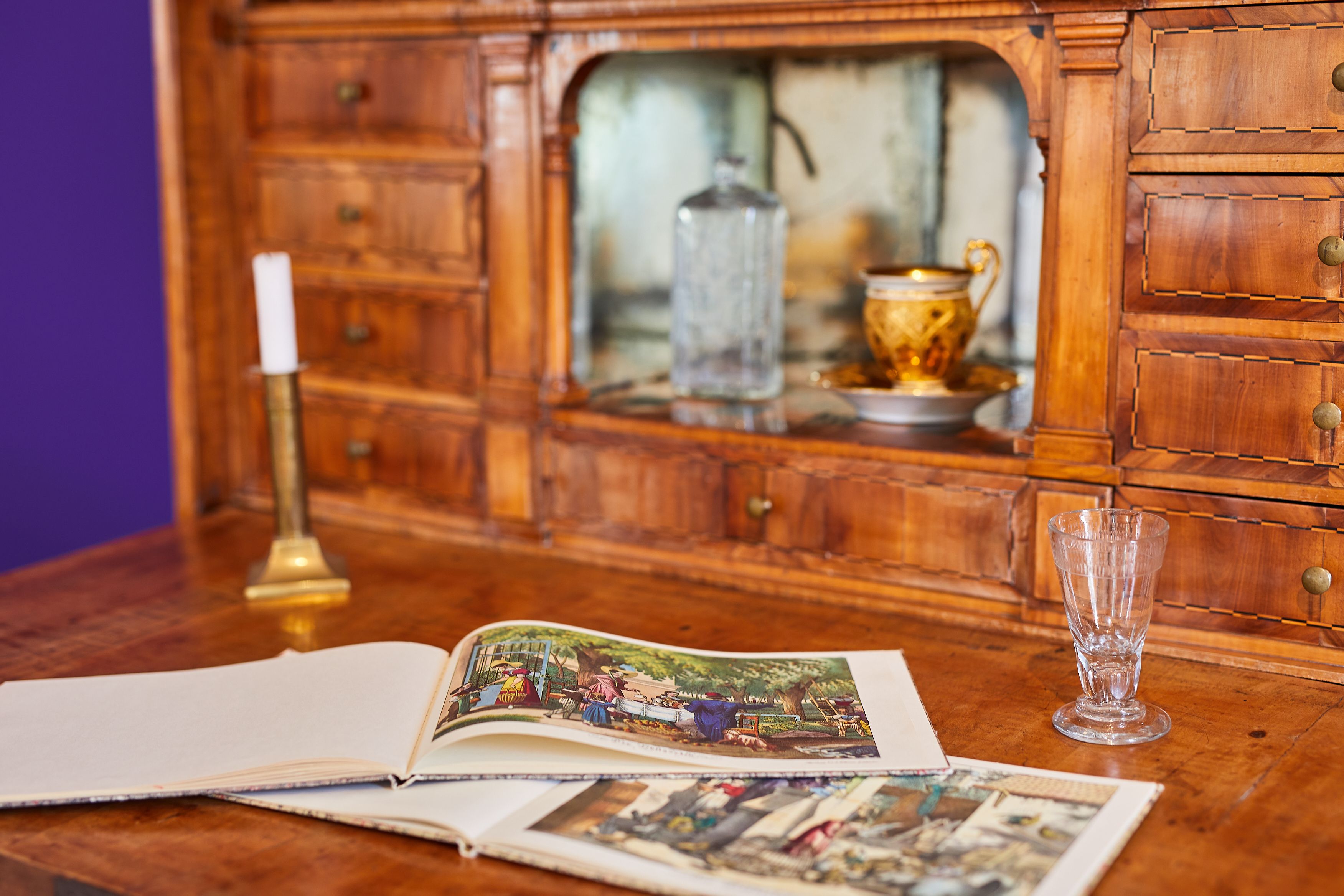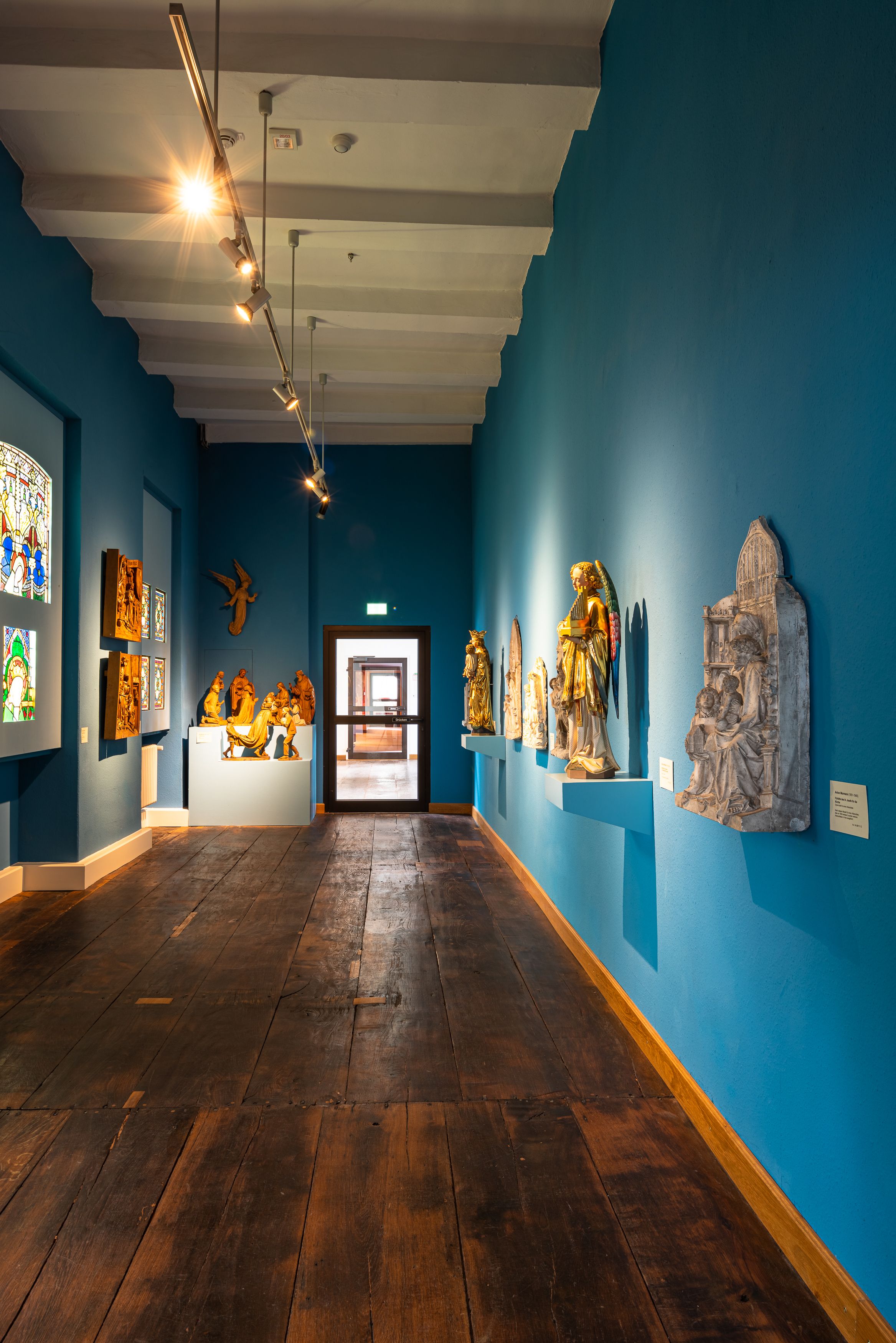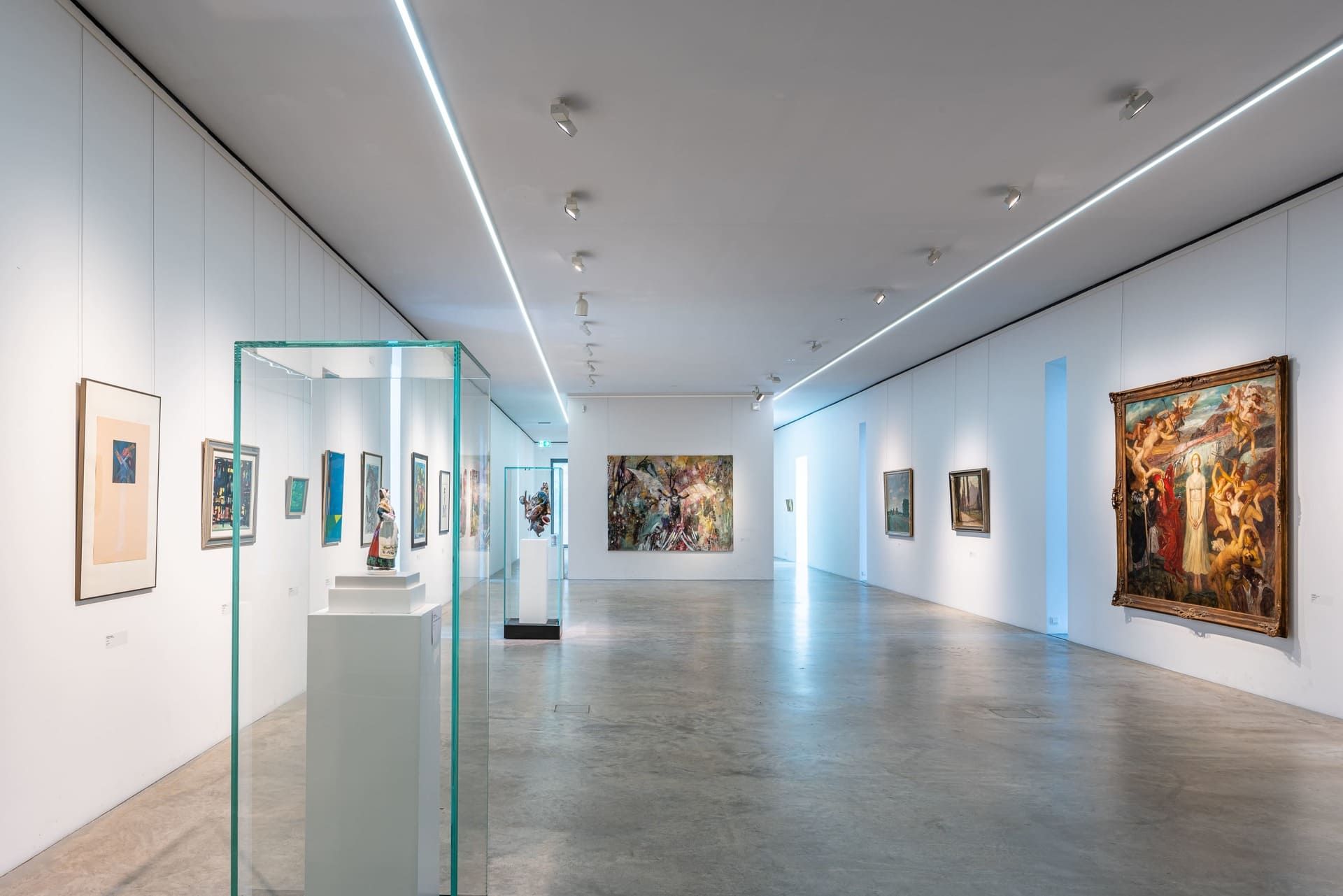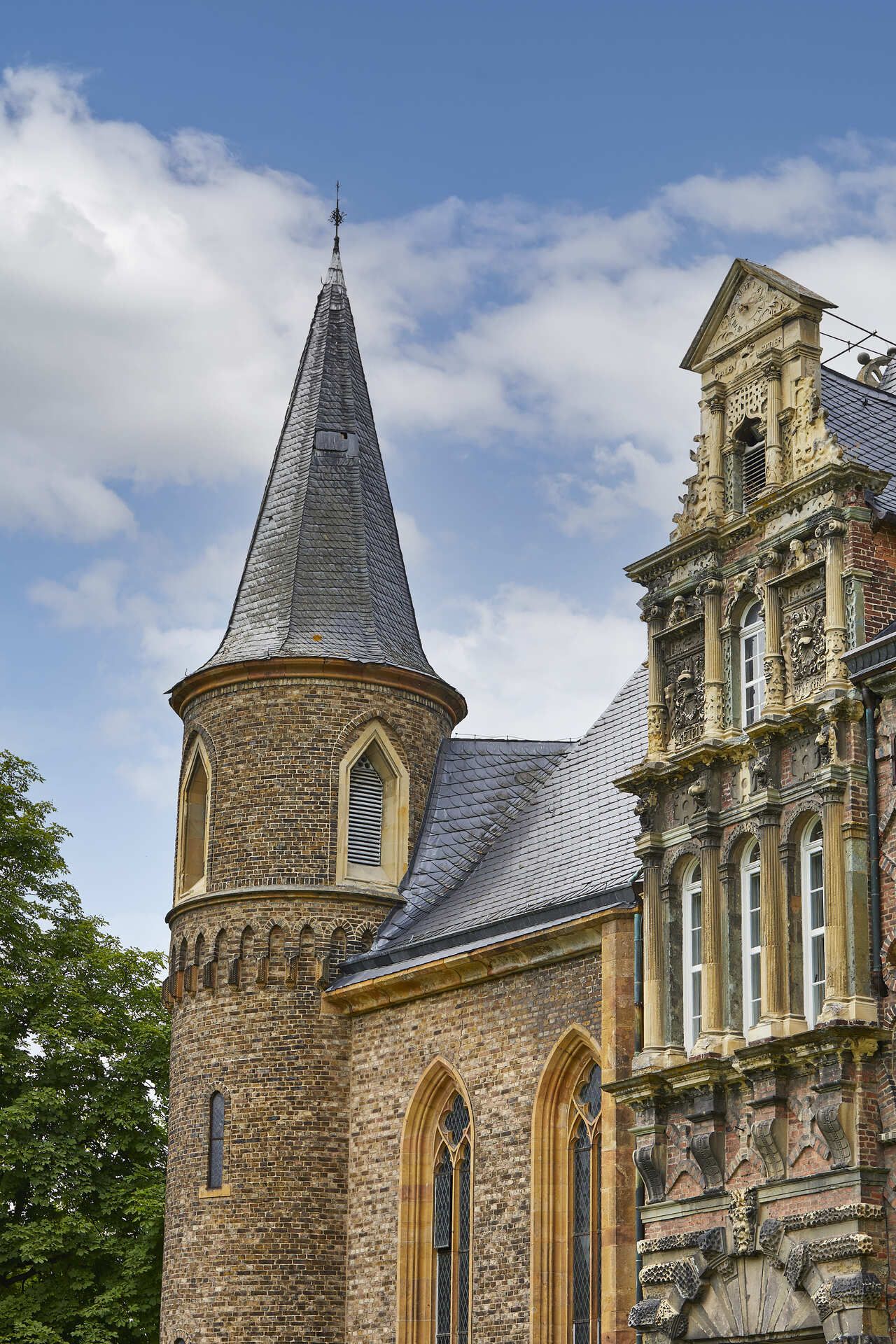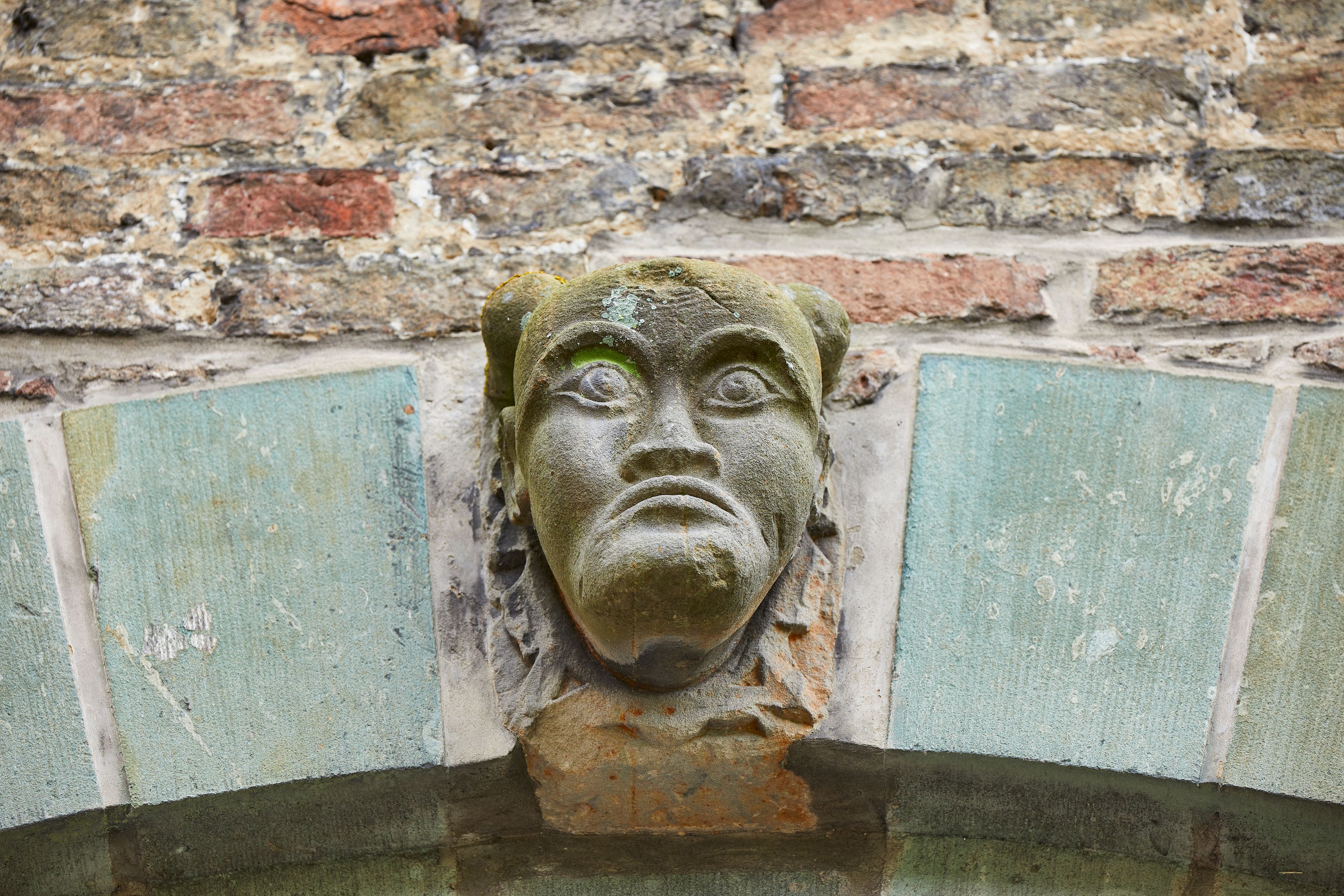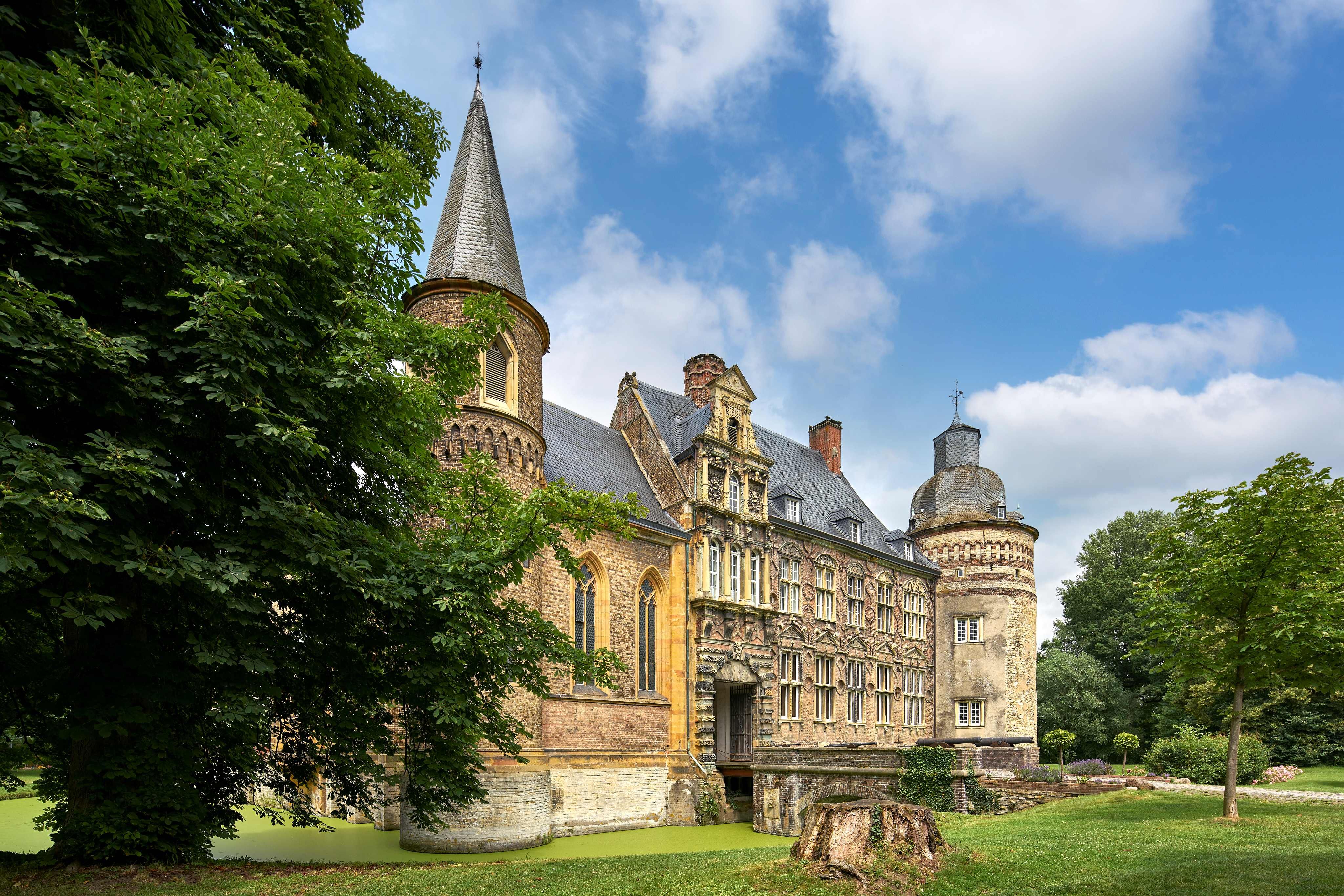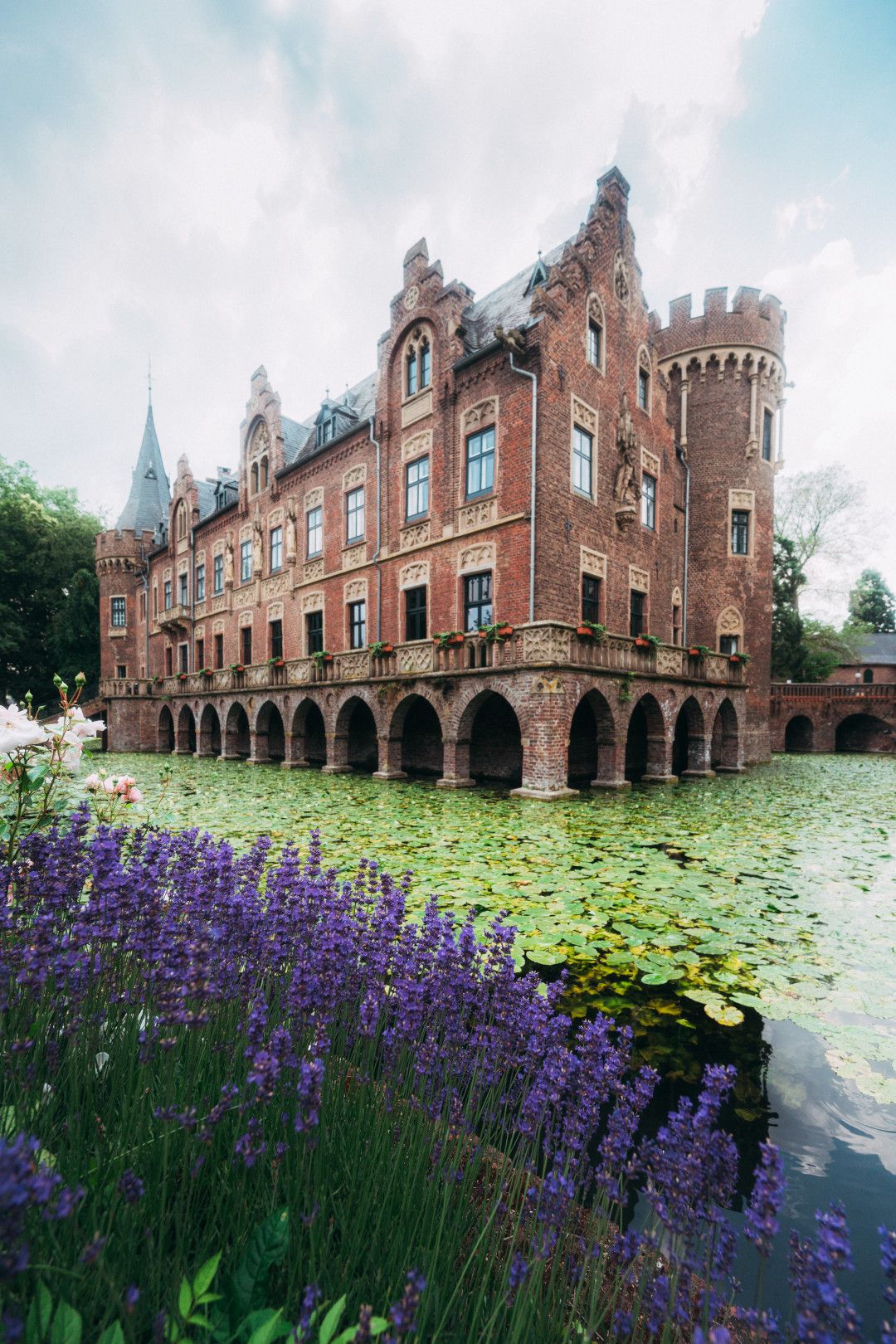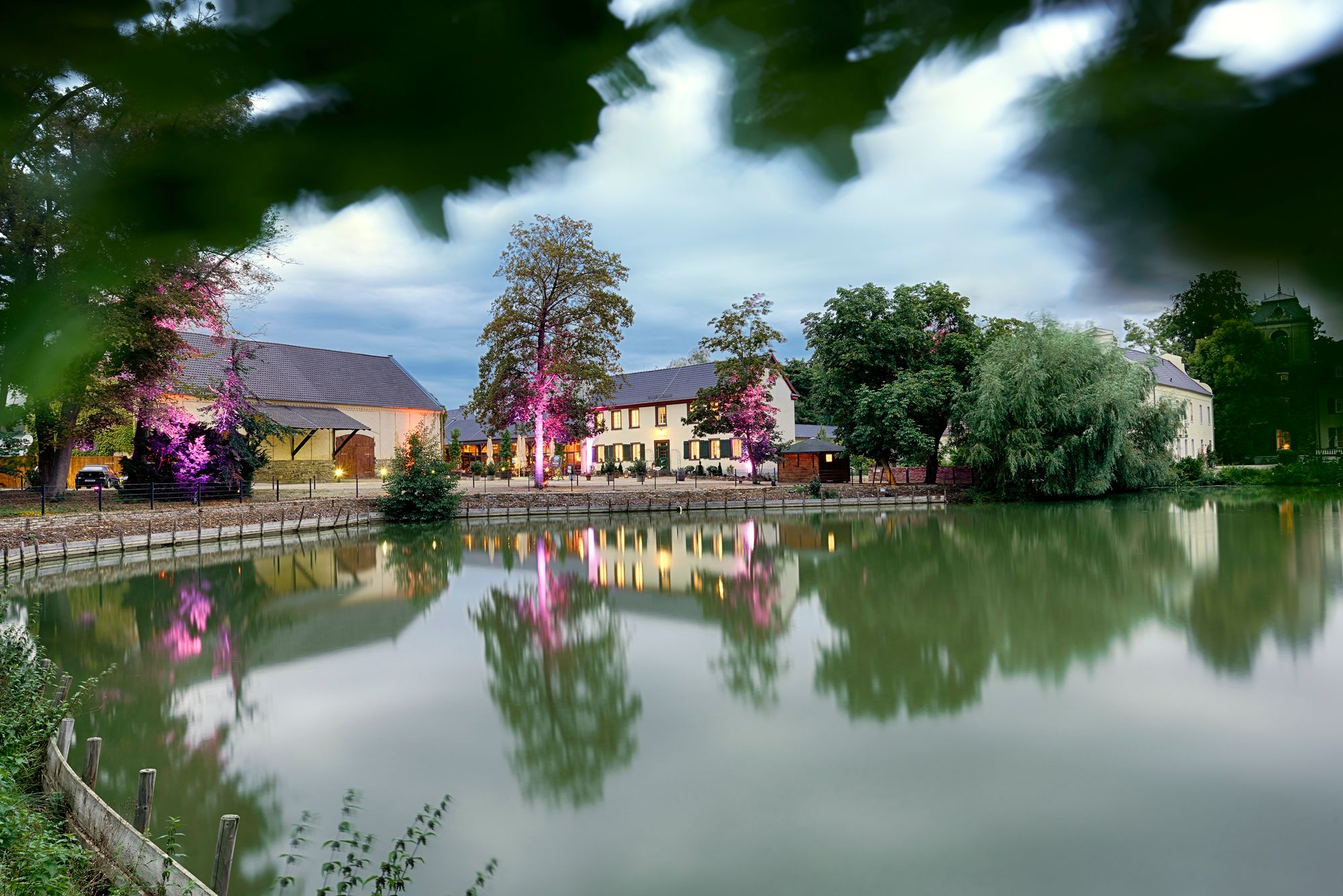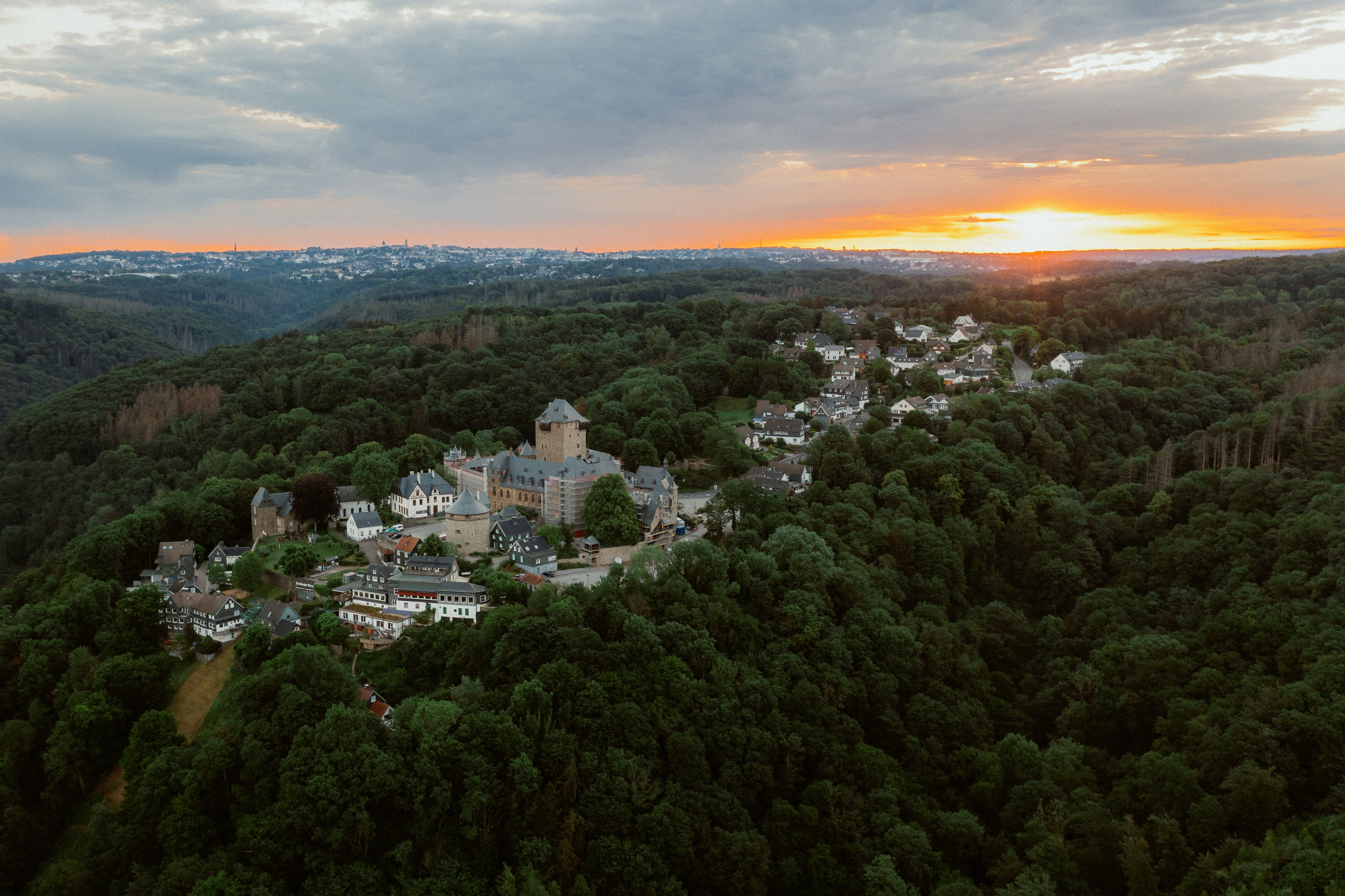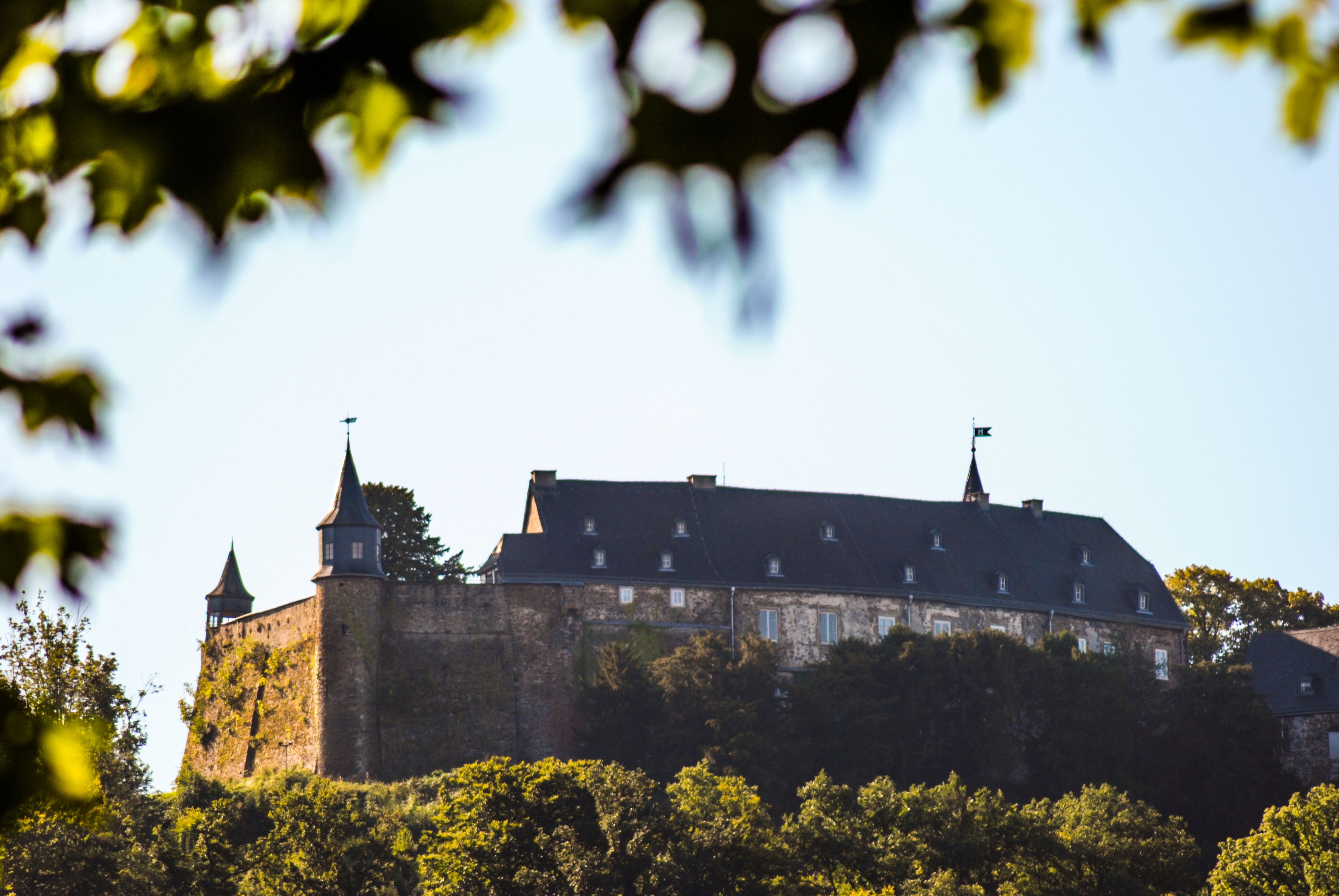Church and religion, contemplation and encounters: the preservation of Christian values in different ways at the museum Liesborn Abbey and in Assen House in the Münsterland take centre stage. Sacred and other art treasures of inestimable value are part of the collections in one of the oldest monasteries in Westphalia, which Emperor Charlemagne probably founded in 799 in what is now the district of Warendorf. A place of living faith is the Renaissance castle of Assen in the Lippe Valley, surrounded by woods and moats, whose construction dates back 1,200 years to Emperor Henry II.
The greatest treasure preserved by Liesborn Abbey is undoubtedly the "Codex". In a roundabout way, one of the oldest fully preserved gospel manuscripts in Westphalia returned to its home in 2023 and can be shown to the public again more than two centuries after the monastery was closed. The "Book for Eternity", which was declared a cultural asset of the Federal Republic of Germany in 2018, will be presented in the sacred-looking Gospel Room. Visitors can browse through the valuable document virtually and learn more about the history of the former secular convent and later Benedictine monastery. However, the exhibitions in the historic building complex are not exclusively dedicated to sacred art. The museum also has a collection of Dutch and Flemish paintings from the 17th century, presents objects of Westphalian domestic culture from the Baroque to the Biedermeier period and is in possession of numerous prints and drawings by the painters Wilhelm Morgner and Eberhard Viegener, who were born in neighbouring Soest.

